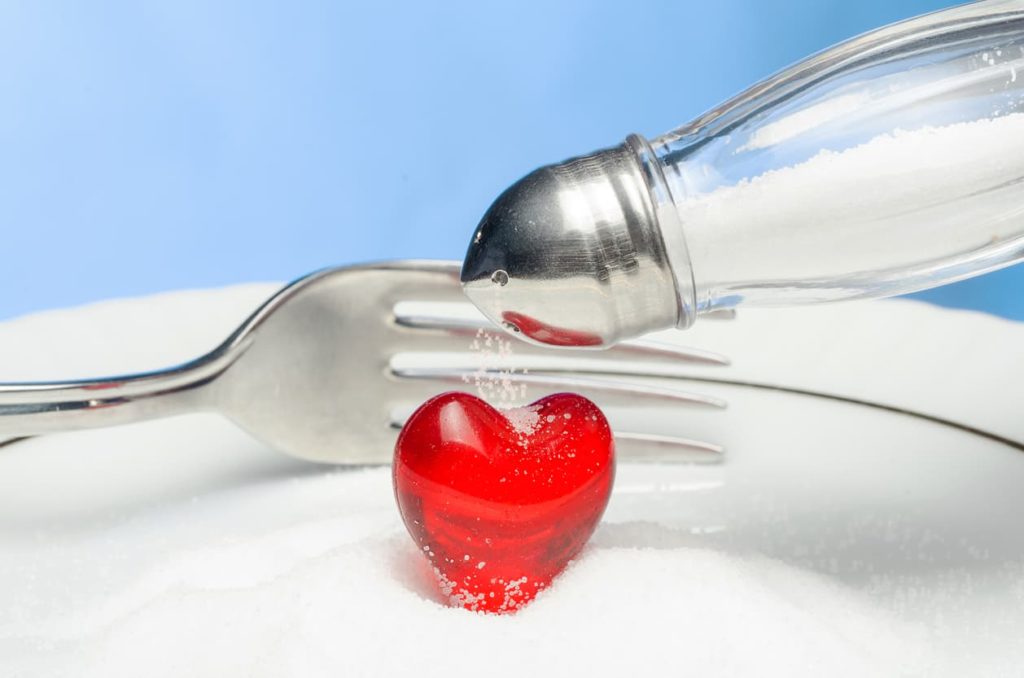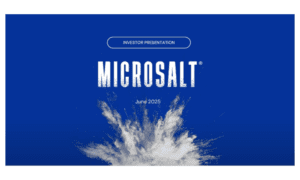Learn how much sodium is too much and how the American Heart Association educates about sodium-related conditions and managing heart health.
Key Takeaways:
- It takes only 500 mg of daily sodium to maintain healthy bodily function
- The public exceeds the recommended salt numbers from global health organizations
- 2,300 mg of sodium is the daily limit approved by the CDC and FDA
- MicroSalt® can help food manufacturers comply with new global sodium limits in their products
Sodium can have a beneficial effect on the body when consumed in the proper amounts. Staying below recommended limits helps balance fluid levels, regulate heart rhythm, and promote healthy muscle and nerve functions. It can even help maintain a healthy immune system.
The “proper amount of sodium” is a vague term for many Americans who don’t know where the limit is. The American Heart Association (AHA) is at the forefront of raising awareness on safe sodium levels and on how sodium can negatively impact heart health. This guide will explain how the heart handles sodium and highlight some important numbers for consumers and food producers.
How sodium affects cardiovascular function
The more sodium we eat, the more fluid the body must draw into the blood vessels to maintain a healthy fluid balance. This increases the amount of blood being pumped around the body, which in turn increases pressure on the blood vessels.
This elevated blood pressure causes the heart to work harder for longer periods. The strain from this can cause a buildup of plaque that hampers blood flow (further forcing the heart to work harder to keep things moving) and cause blood vessel walls to expand to harmful levels.
These factors can eventually contribute to cardiovascular disease, which causes 32% of all deaths worldwide and increases the risk of hypertension, heart attack, and stroke. These conditions kill millions of people annually. Hypertension is the leading death risk globally and the cause of roughly half of stroke and heart disease cases.
The sodium numbers consumers need to know
The AHA reminds us how little sodium the body needs to function properly. Just 500 mg of sodium a day – less than one-quarter of a teaspoon – provides all we need. It’s extremely difficult for the public to stay at that number due to the excessive amounts of sodium present in processed, prepared, and packaged foods. Around 70% of the sodium people consume comes from those sources. Your heart health can therefore improve if you avoid those types of foods as much as possible.
Sadly, most people don’t. The oversaturation of salt added to food available on store shelves, in restaurants, and at fast-food outlets causes Americans to consume a daily average of 3,400 mg of sodium. This is almost seven times the necessary amount and far more than the 2,300 mg sodium limit approved by the CDC and FDA.
That 2,300 mg isn’t a universally safe number. Each person may have a different safe limit based on their sodium sensitivity and other physical factors. Only your doctor can recommend the right amount to potentially improve your heart health.
The sodium numbers manufacturers need to know
Food producers must be aware of two sets of salt numbers: those that apply to consumers and those that apply to the industry. The latter figures were recently subject to new low-sodium benchmarks by the World Health Organization (WHO) as part of their goal to limit global sodium consumption to 5 g per day per person.
Foods of all kinds were included in the WHO’s list, with many requiring a marked reduction in the mg per 100 grams of sodium included in each product. Businesses don’t have long to start taking steps toward compliance with these numbers. The WHO aims to decrease worldwide sodium intake by 30% by 2025. Snack manufacturers must act now to promote public heart health and secure a competitive position at retail.
What the public can do to lower their dietary sodium
Increasing your cardiovascular knowledge is the first step in improving heart health. The AHA has several resources to help the public learn more:
- Heartinsight.org – The AHA’s monthly email newsletter provides updates and information for those with heart disease.
- Information sheets – These free downloadable resources provide easy-to-understand details about cardiovascular issues, treatments, and risk reducers.
- Telephone and postal contacts – The AHA and American Stroke Association are available via phone and mail for those seeking to learn more about heart disease and stroke.
- The AHA Support Network – This network is a place for anyone dealing with heart disease and its associated problems to connect with other patients through shared stories and mutual encouragement.
The AHA also recommends dietary changes like avoiding the “salty 6” – soup, burritos and tacos, sandwiches, pizza, cold cuts and cured meats, and breads and rolls. Review the wide selection of tasty and nutritious AHA-approved recipes to make a low-sodium diet engaging and fun.
What food producers can do to lower sodium in their products
MicroSalt® is the way for food manufacturers to make a positive contribution to public heart health. It delivers 50% less sodium by weight, meaning only half as much is needed to achieve the same salty flavor consumers enjoy.
The all-natural, super-small MicroSalt® particle avoids the bitter, metallic aftertaste of potassium chloride and more importantly, it precludes the debatable dangers associated with the flavor enhancer monosodium glutamate (MSG).
2022 is the perfect time for snack manufacturers to speak to our experts and see what a positive difference we can make to the world. The old “low-sodium food is bland and tasteless” argument is on borrowed time thanks to the innovation of MicroSalt®. The flavor and financial advantages our product can deliver also complement the growing consumer demand for healthier food and a low-sodium lifestyle.
Contact MicroSalt® today with any questions
Our award-winning mission is dedicated to creating a healthier set of salt numbers that the AHA, CDC, and FDA will approve of. Contact us via our message page or call 1 (877) 825-0655 to learn more about how MicroSalt® could mean lower production overheads and healthier sales prospects for your product.




